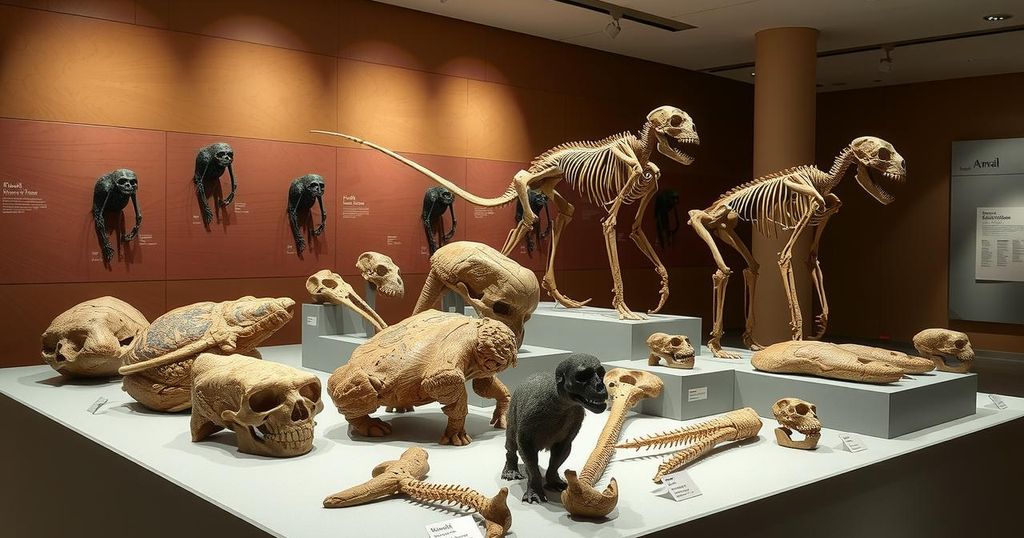CIRBE CubeSat Research Sheds Light on Earth’s Van Allen Belts
The CIRBE CubeSat, developed by CU Boulder and the Laboratory for Atmospheric and Space Physics, is under the spotlight for its research on the Van Allen Belts. Following a major solar storm in 2024, the mission revealed temporary belts of energetic particles forming around Earth. Professor Xinlin Li emphasized their persistence until disrupted by another storm, raising important questions about solar activities’ effects on our planet.
In an exciting development, Science News has highlighted groundbreaking research emerging from the Colorado Inner Radiation Belt Experiment, or CIRBE, CubeSat. The project, orchestrated by teams at CU Boulder and the Laboratory for Atmospheric and Space Physics, dives deep into the mysterious Van Allen Belts, conducting detailed measurements that could reshape our understanding of space weather.
The CIRBE CubeSat is particularly noteworthy as it came to light after one of the largest solar storms witnessed in 20 years. This striking solar event occurred in the summer of 2024, revealing that two new temporary belts of energetic particles sprang up around the Earth, an unforeseen consequence of such cosmic activity.
According to Professor Xinlin Li, the principal investigator, these new belts persisted for months, only to be disrupted eventually by another, albeit smaller, storm. This tiny twist adds a fascinating layer to the already complex dynamics of our planet’s radiation environment, showcasing just how interwoven solar activity is with Earth’s magnetic field and atmosphere.
Swift advancements in cubesat technology are playing a crucial role in modern space research, allowing scientists like those involved with CIRBE to gather relevant data in ways that were once just a dream. The ongoing analysis of this data holds promise for long-term insights into how solar behavior affects the radiation belts and, ultimately, our planet’s environment.
CIRBE’s findings not only illuminate the intricacies of space weather but also raise questions about future solar storms and how they might affect everything from satellite operations to communication systems. As researchers continue to sift through the layers of information gathered from this cube satellite mission, we stand on the brink of new discoveries that could alter our approach to space and science at large.
The highlighted research from the CIRBE CubeSat shines a light on the significant role small satellites play in understanding space weather’s impact on Earth. With findings from the recent solar storms, scientists, like Professor Xinlin Li, are uncovering the delicate dance of solar particles around our planet. The potential long-term implications for technology and communication underscore the importance of this mission as we tread deeper into the cosmos.
Original Source: www.colorado.edu




Post Comment